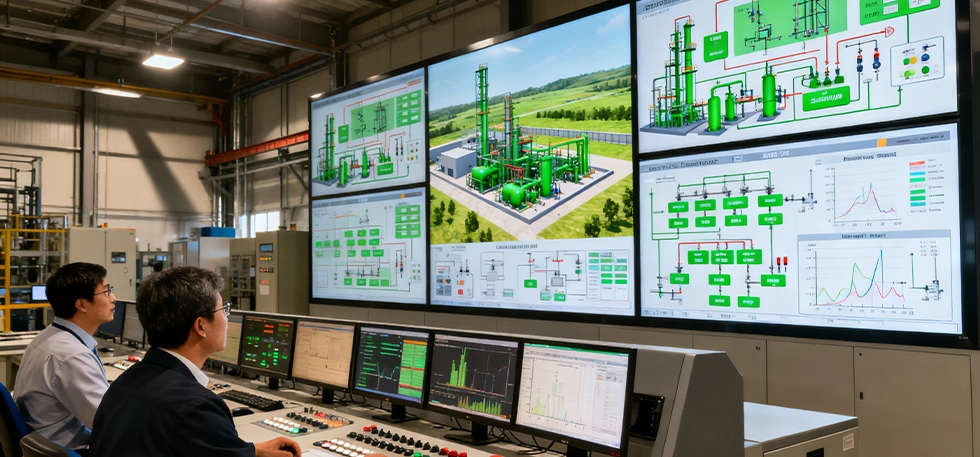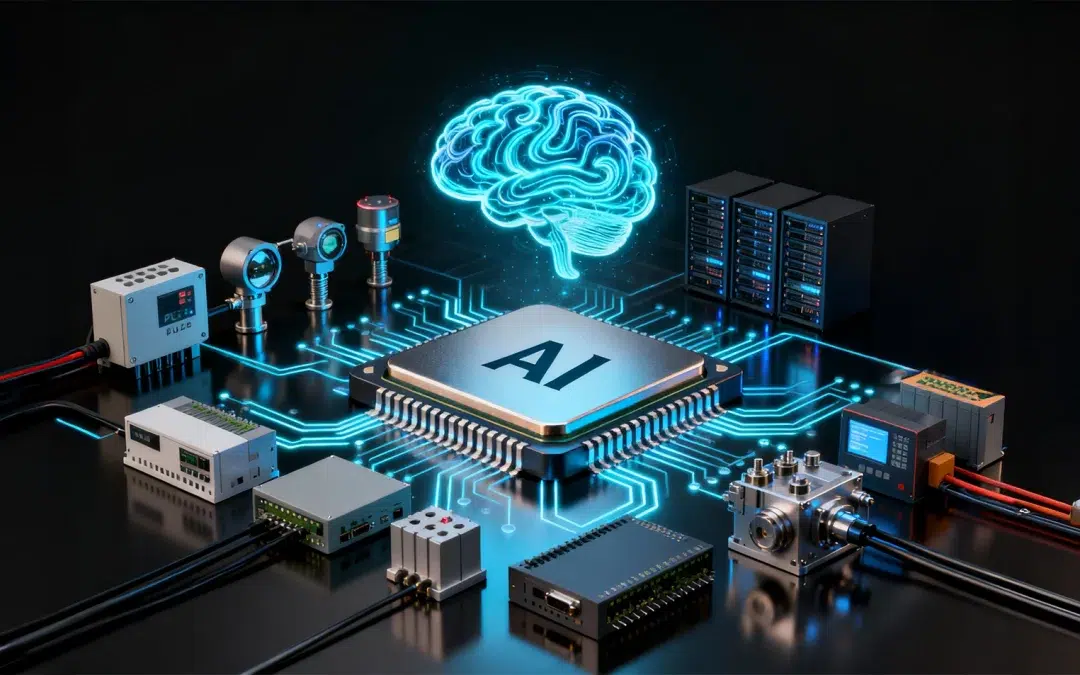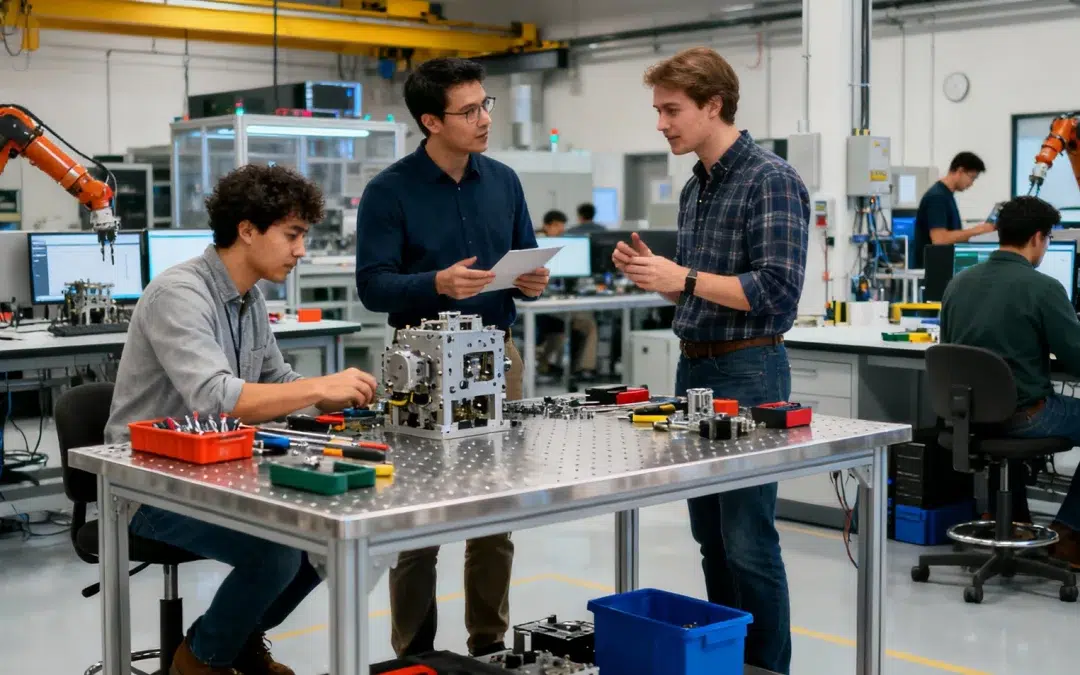
How Smart Manufacturing Partners Accelerate Time to Market
This isn’t an isolated story. Across industries, extended design cycles and fragmented development continue to slow innovation. As products become smarter, factories become more connected, and competition increasingly global, the margin for delay has all but disappeared.
This urgency to reduce margin for delay is redefining how industrial products are brought to market. Smart manufacturing partnerships are emerging as the new enablers—where a unified engineering ecosystem synchronizes design, digital, and manufacturing from the very start. These collaborations go beyond automation or IoT integration; they fundamentally change how products are conceived, engineered, and launched.
Digital–physical integration bridges the gap between IT and OT, turning disconnected workflows into a continuous, data-driven loop.
What Gets in the Way of Faster Time to Market
In many manufacturing and industrial-product organizations, the biggest barrier to market speed isn’t innovation — it’s lack of synchronization. Too often, design, engineering, manufacturing, and digital functions operate as independent silos. Hardware decisions are made without firmware input, software integration lags behind prototype changes, and production readiness becomes an afterthought.
The result is predictable: misaligned deliverables, fragmented accountability, and missed market windows. These challenges become even more pronounced in industries characterized by complex product architectures, stringent regulatory requirements, and multi-vendor ecosystems. One such example is the Life Sciences industry, where lack of synchronization across product development and manufacturing functions can significantly delay time to market.
Example – Life Sciences Industry
Fragmented Collaboration
Manufacturers of diagnostic and laboratory equipment often work with disconnected engineering and production teams spread across geographies. Hardware, software, and manufacturing validation happen in isolation, making coordination difficult.
Complex Development Cycles
Unsynchronized workflows mean hardware, firmware, and manufacturing updates rarely align. Each delay triggers rework, causing slippage in development schedules.
Late-Stage Compatibility Issues
When integration occurs too late, interface mismatches and documentation gaps surface—especially during regulatory validation—pushing back launch timelines.
Siloed Vendor Ecosystem
Multiple vendors with differing priorities create handoff bottlenecks and fragmented accountability, slowing overall market readiness.
Concurrent engineering isn’t just a buzzword — it’s the foundation of reduced rework, synchronized design, and compressed development cycles.
How Smart Manufacturing Partners Like Utthunga Build Speed & Agility for Faster Time to Market
By tightly integrating design, engineering, manufacturing, and digital technologies, partners like Utthunga enable organizations to move from concept to market launch with unmatched speed, efficiency, and confidence. Here’s how:
Design & Engineering Alignment:
Digital & Physical Integration:
Manufacturing Readiness Built In:
Lifecycle and Scale Planning:
Bringing It All Together
Why Utthunga is Your Best Bet for Accelerating Time to Market
- End-to-end engineering and industrial services: Founded in 2007, Utthunga offers a 1,200+ strong multidisciplinary engineering team covering everything from hardware to cloud, firmware to mechanical, and sensor-to-cloud solutions. This comprehensive capability ensures fewer handovers, smoother transitions, and more coordinated delivery — meaning your development and manufacturing timelines stay tighter.
- Smart manufacturing solutions built in: With services in OT-IT integration, IIoT (Industrial Internet of Things), paperless manufacturing and more, Utthunga bridges the digital and physical from early in the process. By embedding these capabilities early, they help minimize delays later in production — a major speed lever for time to market.
- Manufacturing readiness and global production footprint: Utthunga recently launched a “Center of Manufacturing Excellence” in partnership with Guidant Measurement to provide export-grade precision-manufacturing, especially for electronics, automation and control systems. This capability supports quicker transition from prototype to full scale, reducing lead-time to market.
- Deep domain & industry alignment: Utthunga serves sectors including energy, chemicals, metals, mining, power utilities and discrete manufacturing, with active membership in major industry associations (e.g., for protocols like OPC UA, Ethernet-APL). Their domain knowledge helps anticipate industry requirements, regulatory demands and production constraints — reducing surprises and enabling faster, smoother launches.
- Scalability & future-readiness built into your launch: Whether you’re ramping up production, introducing next-gen features, or managing obsolescence, Utthunga’s capabilities across digital twins, sustainability solutions and lifecycle services mean you’re not just launching fast — you’re launching smart.





